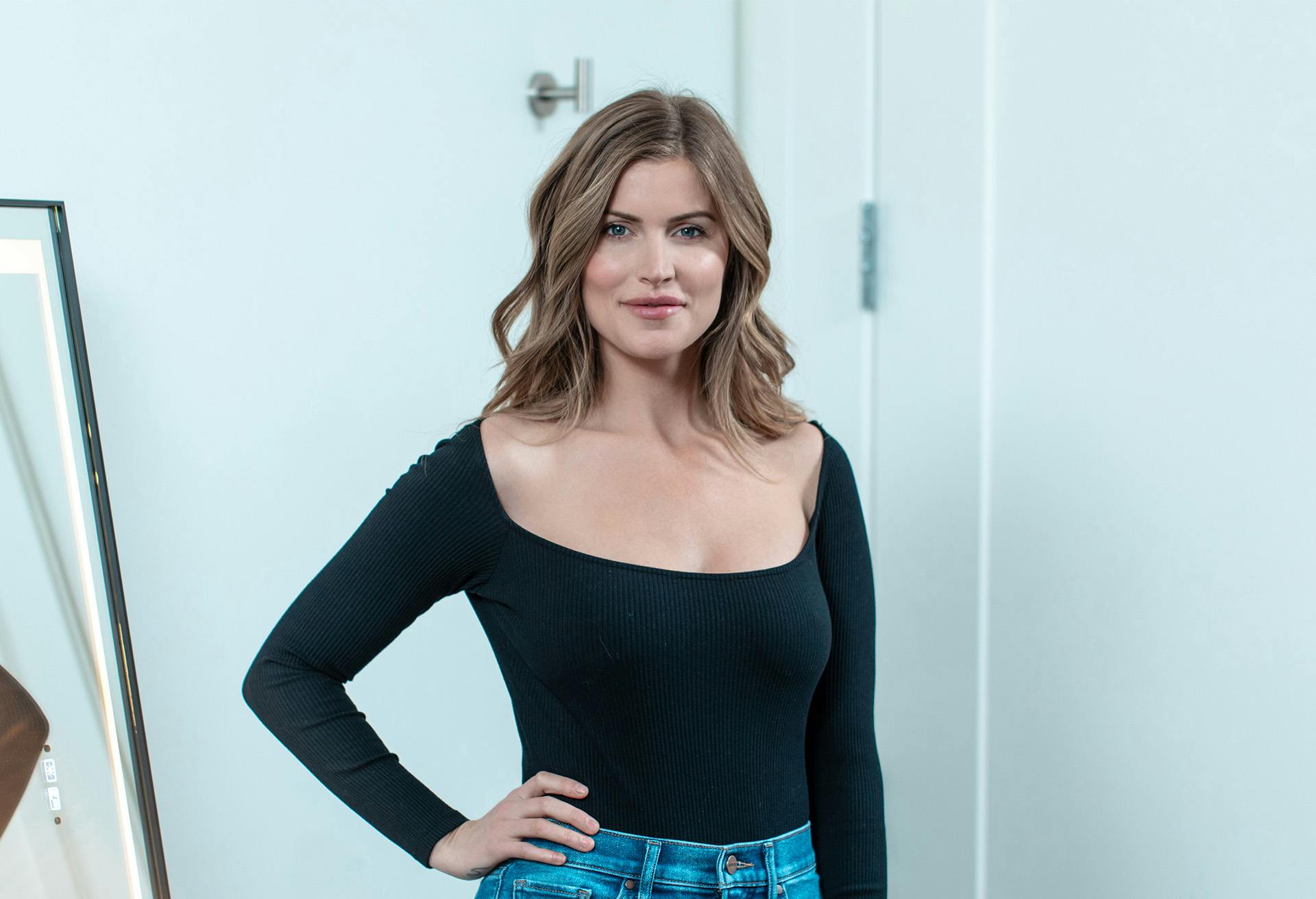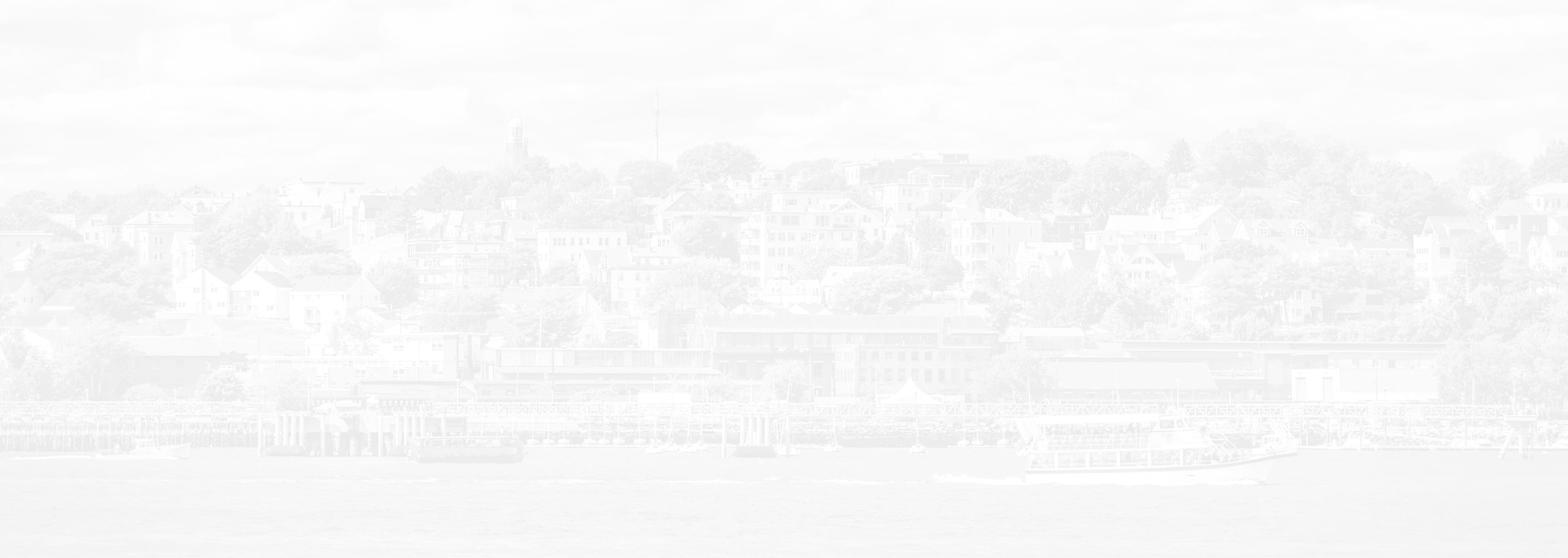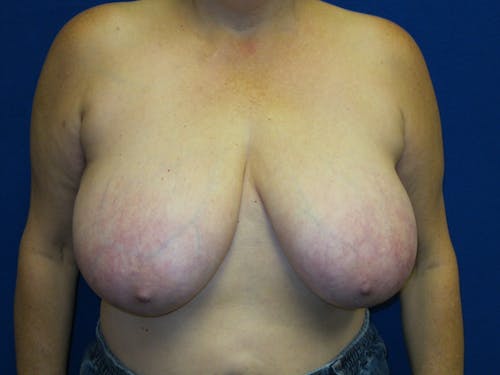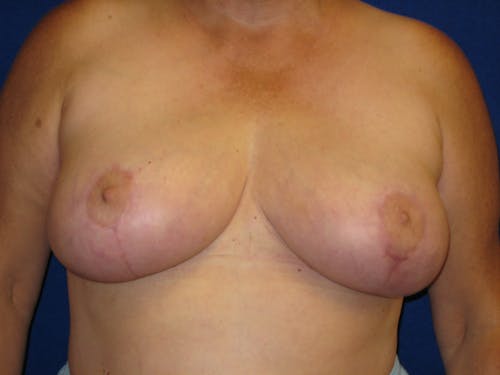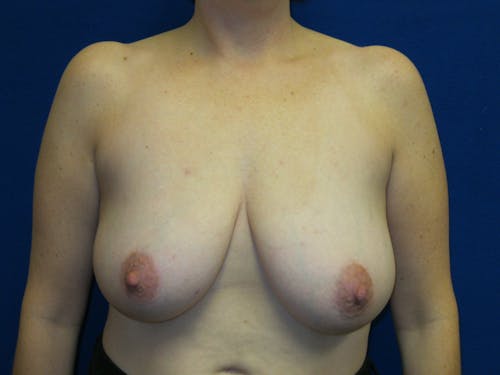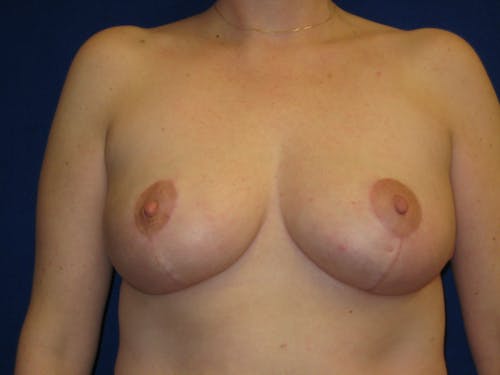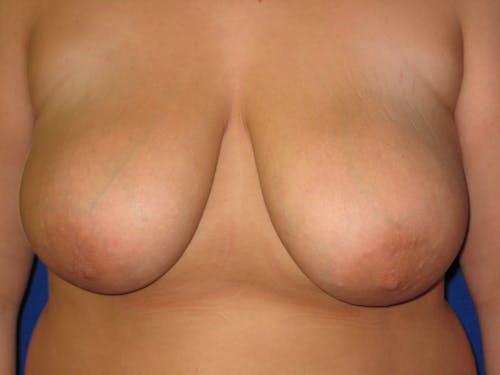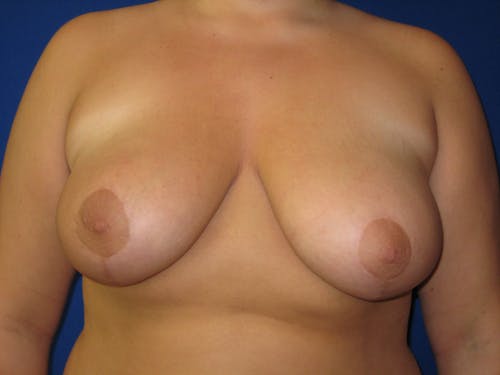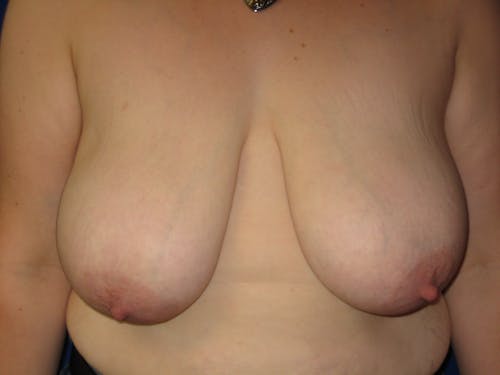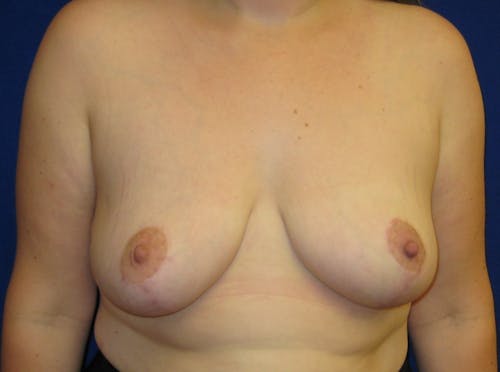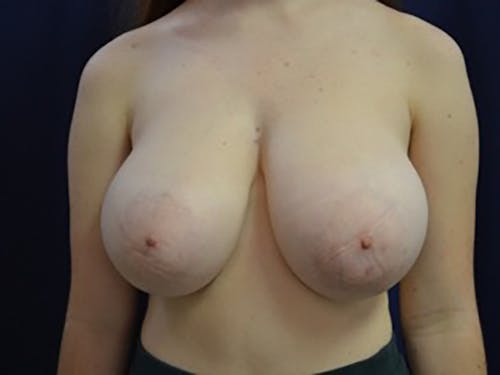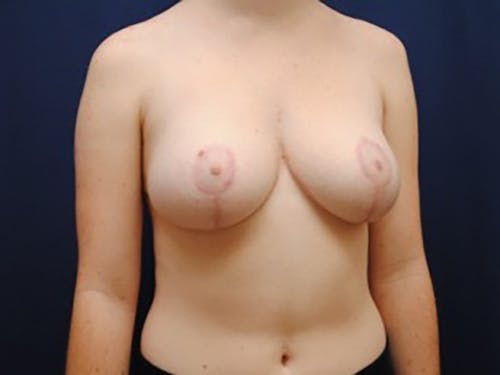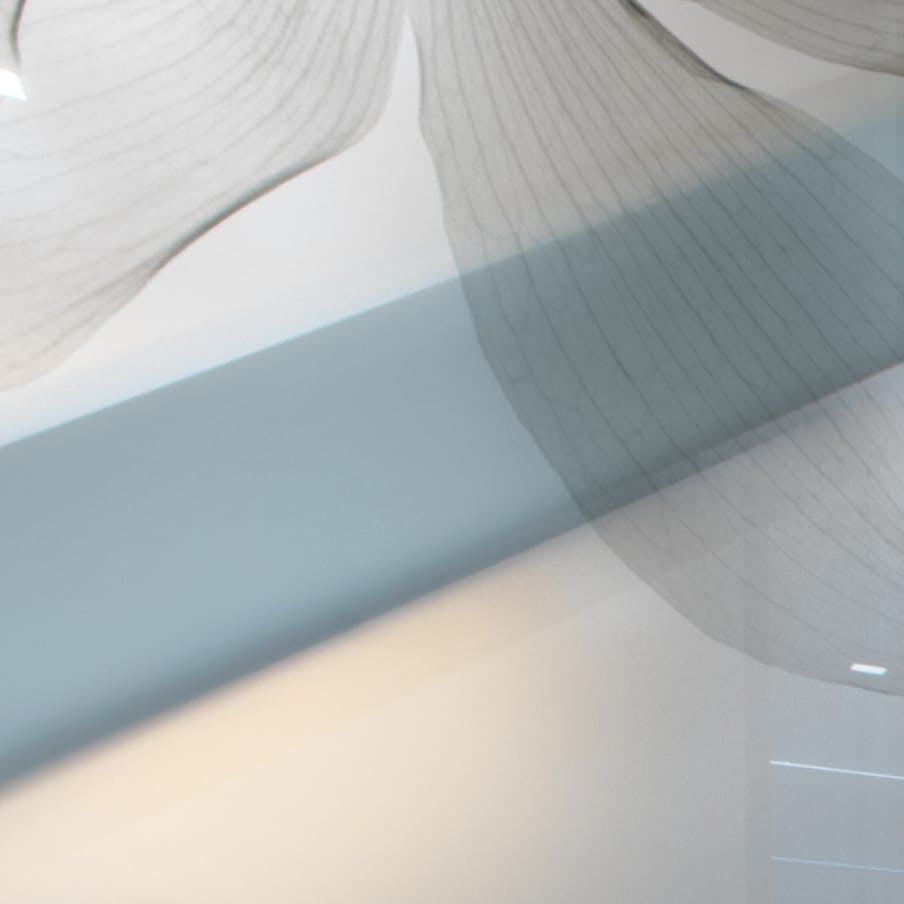Ease shoulder, back and neck pain while improving your figure and breast shape. Breast reduction not only improves the size, but also the shape, of overly large breasts.
Common Reasons for Undergoing Breast Reduction Surgery
- Chaffing at bra strap
- Back, shoulder, or neck pain
- Decreased physical energy
- Trouble fulfilling childcare duties
- Rashes and breakouts
- Disproportionate silhouette
- Unhappiness with breast appearance
- Poor fit in clothing and swimwear
- Embarrassment when unclothed
- Low self-confidence or self-image
- Breast asymmetry
